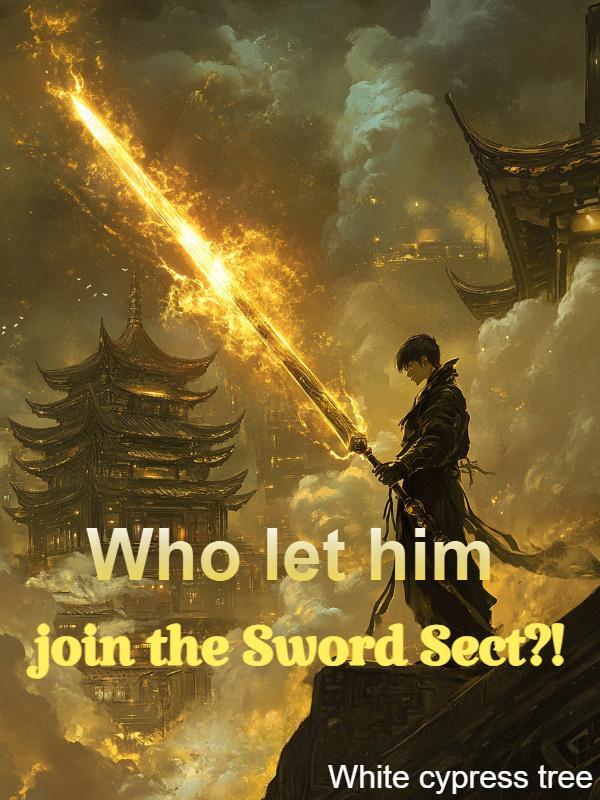The Rise Of Australasia-Chapter 1288 - 944 Island Nation Divided into Three
Chapter 1288: Chapter 944: Island Nation Divided into Three
Chapter 1288 -944: Island Nation Divided into Three
Watching Andrey leave with a smile, Jigen Jiro’s emotions were incredibly complex.
Although a temporary agreement had been reached with Australasia, allowing the Island Nation to avoid another bombing like that of Hiroshima, it also meant that the Island Nation was not only withdrawing from the struggle for supremacy in the Pacific Ocean, but even its future fate was to be in Australasia’s hands.
But upon further reflection, for the current Island Nation, this might very well be the only choice.
Compared to Jigen Jiro’s mixed feelings, Murakami Mian, who wasn’t as emotionally invested in the Island Nation’s government, seemed much more carefree.
Even the conversation with Andrey presented Murakami Mian with more opportunities, breeding even greater ambitions.
On September 1, 1937, the Australasian Air Force dropped surrender leaflets over many Urban Cities of the Island Nation, including those where the Island Nation Army was stationed.
In addition, Australasia explicitly mentioned the Bombing of Tokyo and declared that they had eradicated the Island Nation’s Government and the Emperor.
This was a huge shock to the Islanders, who were stunned, angry, and utterly disbelieving.
But soon, many units of the Island Nation Army found themselves unable to contact the Island Nation’s Government or the Army Department, an impossibility for the former Island Nation.
Without the government and the Army Department to mediate, how could the war continue?
Gradually, segments of the Island Nation Army began ceasing fire and turned to observe the situation in Tokyo.
Most of these units announcing a ceasefire were the Island Nation’s Type C Divisions, and there were even quite a few newly mobilized Type D Divisions.
These Soldiers had not been in the army for long; naturally, they would not fight to the death for a potentially extinct government.
The most uptodat𝓮 n𝒐vels are published on freёnovelkiss.com.
Where there were those who gave up resistance, there were, of course, those who resolutely resisted.
Compared to the Type C and Type D Divisions, the loyalty of the Type A and Type B Divisions was much higher.
Even with the knowledge that the government in Tokyo might have met with disaster, these units were still holding fast to their tasks.
For these stubbornly resisting Islander forces, Australasia naturally had effective methods of dealing with them.
Of course, not with Nuclear bombs—the combined forces of the Island Nation’s Type A and Type B Divisions amounted to only a few hundred thousand men at most, dispersed throughout multiple regions of the country.
Using Nuclear bombs would not be cost-effective, but there was another weapon suited for taking them on, the new type of bomb previously mentioned.
This bomb had one advantage: it could cause greater casualties to ground troops.
It had already been used on a small scale in the battles on Kyushu Island, with very good effects.
Now, as the war with the Island Nation was drawing to a close, Australasia had produced countless new bombs, and using some appropriately was akin to clearing inventory.
Meanwhile, with the help of Australasia’s Intelligence Department, Jigen Jiro’s faction was formally established.
On September 2, 1937, with the support of funds, a large number of the Island Nation’s media reported on the newly established Island Nation Peace Alliance headed by Jigen Jiro, which also highlighted Jigen Jiro’s party’s objective of pursuing peace and avoiding war as much as possible.
While such an aspiration was indeed abrupt in the current Island Nation, it quickly attracted the Dove advocates within the country.
Yes, there were Dove advocates in the current Island Nation, and not a few in number.
In fact, this was a problem that no country could avoid: not all government policies can gain the support of everyone.
Those in the Island Nation currently opposed to the war were mostly farmers or artisans.
Why is that? Because during conscription, farmers and artisans comprised the largest demographic.
Workers in Factories also had their duties and naturally could not abandon their jobs to rush to the battlefield.
Consequently, what remained were those in Agriculture.
Ironically, the farming population was the largest of all demographics within the Island Nation, resulting in a significant portion of Islander civilians opposed to the war—even within the military.
Previously, due to the presence of the government and Emperor, these people dared not express their opinions.
They were forced to comply with the government’s conscription orders, sacrificing their lives for the war.
But after losing contact with Tokyo, these individuals naturally came forth.
Supported by Australasia’s Intelligence Department, in just a few days, Jigen Jiro and Murakami Mian effectively managed the so-called Peace Alliance, turning it into the most well-known anti-war organization in Hokkaido.
As the destruction of Tokyo was confirmed, chaos also spread throughout the Island Nation.
The first was Jigen Jiro’s Peace Alliance, which enlisted many units of the Island Nation Army from Hokkaido and quickly became the most powerfully armed among civilian organizations in the Island Nation.
Under the leadership of the outstanding military academy graduate Murakami Mian, the Island Nation Peace Alliance declared an armed revolt, starting from Sapporo, and set out to establish a new Island Nation that aspired to peace.
On September 5, 1937, the Island Nation Democratic Republic was established with Jigen Jiro as President and Murakami Mian as both the Defense Minister and the Minister of the Army Department.
On the day of the establishment of the Island Nation Democratic Republic, a large number of surrender leaflets were distributed by Airplane to another Urban City in Hokkaido, Asahikawa.
Initially, the military force stationed in Hokkaido was the smallest among the four Islands; coupled with most of the units being Type C and Type D Divisions, the armed forces in Asahikawa surrendered quickly.


![Read The Royal Military Academy's Impostor Owns a Dungeon [BL]](http://static.novelbuddy.com/images/the-royal-military-academys-impostor-owns-a-dungeon-bl.png)




